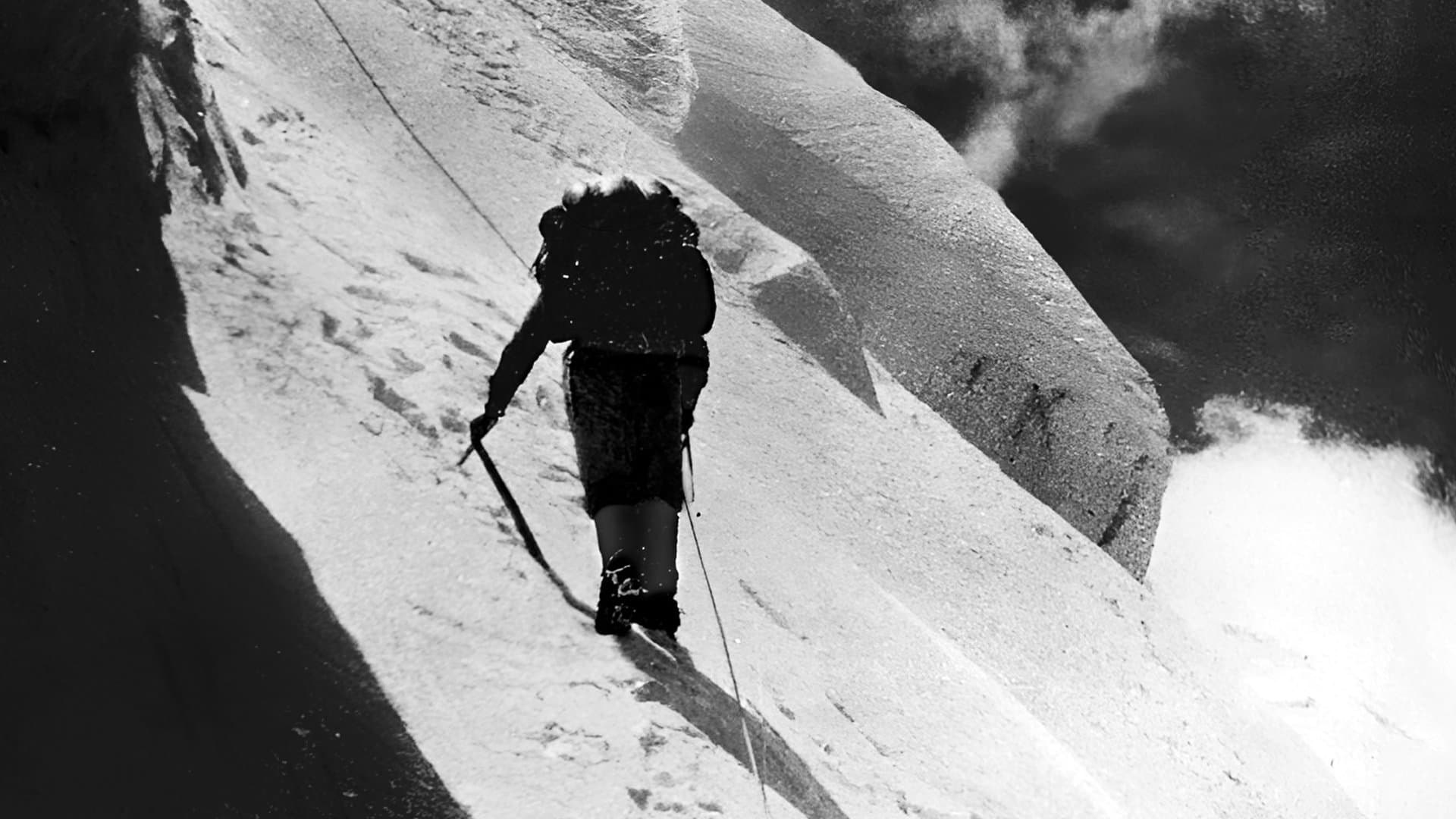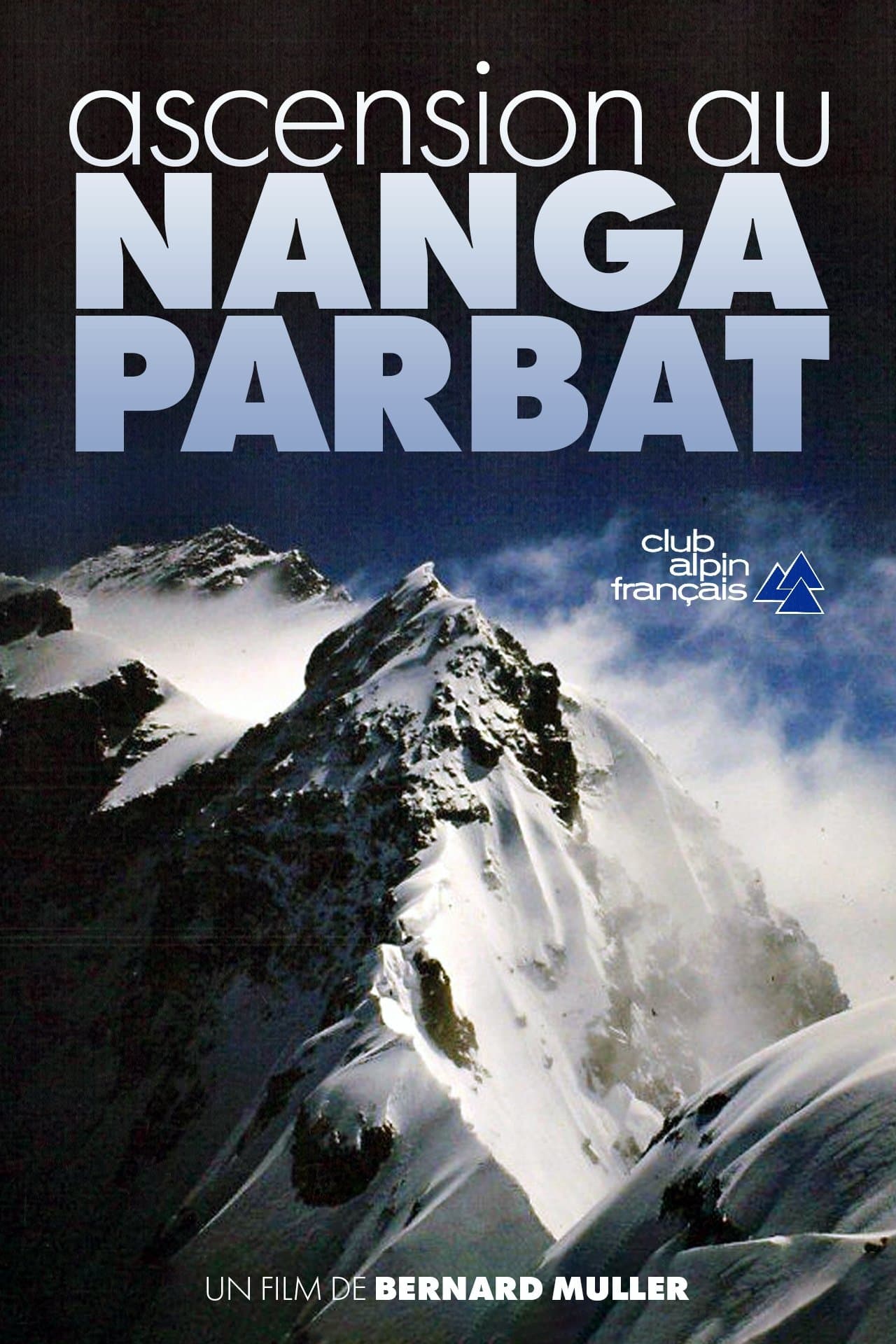
Shakhaur 7116m, Face Nord
Jan 01 1969
•1h 10m
•Documentary, Adventure
This film - without commentary and simply accompanied by local music - relates the 1969 ascent of the north face of Kohe Shakhawr, a Himalayan peak located on the border with Afghanistan, by mountaineers Benoît Mathieu, Jacques Soubis, René Thomas, Jean-Paul Paris, Isabelle Agresti, Henri Agresti, Roger Dietz, Jean-Pierre Frésafond, Paul Gendre, Claude Jager and Félix Magnin. As is often the case in Henri Agresti's films, there is an encounter with other peoples, other cultures, documented at length in the introduction. Then, after the interminable approach, the ascent begins: distribution of camps, successive assaults on the mountain, walking on steep scree and snowy slopes, climbing on icy walls... The arrival at the summit, without the aid of oxygen devices, seems to take place in slow motion: exhaustion mixes with the joy of the victorious mountaineers who will celebrate their success on their return to base camp on August 24, 1969.
Cast
See all
Jean-Paul Paris
Self

Henri Agresti
Self

Isabelle Agresti
Self

Jacques Soubis
Self
Recommendations
See all
Ascent to Nanga Parbat
A film about the 1979 expedition to Nanga Parbat in Pakistan, led by Lyon native Jean-Pierre Frésafond. After a city tour, they set off by bus and then on foot with Sherpas to base camp. Having set out to attempt the Rupal Pillar, the expedition was unable to reach its objective in time (torrential rain, blocked roads, scree, etc.) and lost precious time before choosing to attempt the Mazeno Ridge by default. The team theoretically had the means to do so, since it brought together no fewer than 21 strong climbers, with a large core from Lyon—a concentration of talent rarely seen. But the resulting group dynamic worked contrary to expectations, and they had to settle for the most modest of consolation prizes: the ascent of the First Peak (6,880 meters). Frésafond recounted this in a book-testimony "The Revenge of the Himalayas - The Human Adventure at Nanga-Parbat".

Ragat
Ragat (Blood) is a powerful Nepali film that highlights caste discrimination and social injustice. The story follows Krishna, a young man from a lower-caste family, who bravely fights against the oppression of the rich and upper-caste elites. Hemant Kaji, a wealthy and influential man, strongly believes in caste superiority and looks down on the poor. Amidst this division, Laxmi, a girl from a rich family, falls in love with Gopal, a lower-caste boy. Defying societal norms and family pressure, they marry against their parents' wishes, challenging the rigid caste system. Their love becomes a symbol of change, but their struggle is met with resistance. In the end, Radha, Laxmi's caring aunt, tragically loses her life, leaving behind a message that all human blood is the same-hot and red. Directed with a strong social message, Ragat questions why caste discrimination still exists in Nepali culture and calls for equality and justice.

Cinderella II: Dreams Come True
As a newly crowned princess, Cinderella quickly learns that life at the Palace - and her royal responsibilities - are more challenging than she had imagined. In three heartwarming tales, Cinderella calls on her animal friends and her Fairy Godmother to help as she brings her own grace and charm to her regal role and discovers that being true to yourself is the best way to make your dreams come true.

Banana
The Minions fight over a delicious banana... but is that all they want?!